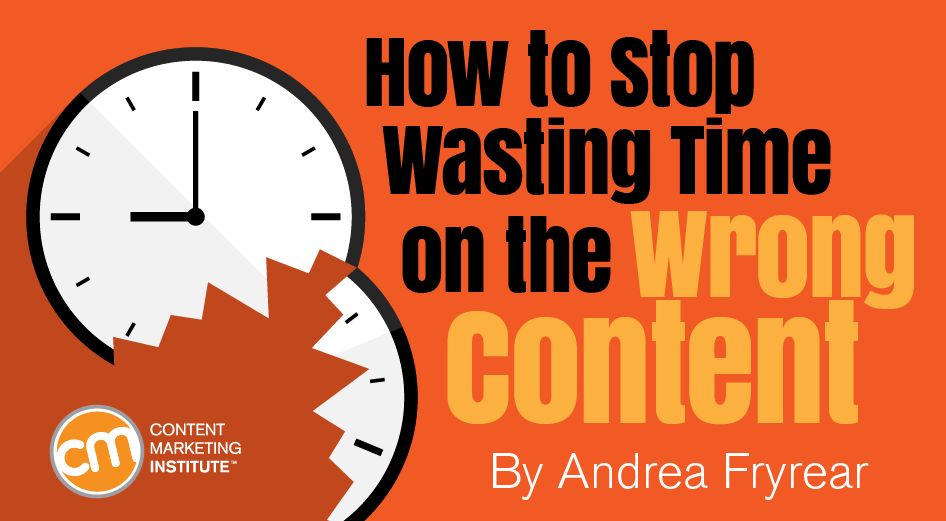For now, the main thing to note is that minimum viable content enables you to learn what your audience is interested in and then use what you’ve learned to create big, high-effort pieces that perform well. Why minimum viable content? For content marketers, that means we must test several small, low-risk pieces of content, see which ones perform best, and expand only on the most successful. Those small bets take the form of minimum viable content. What is minimum viable content? The concept of minimum viable content comes from the Agile idea of a minimum viable product. You hypothesize that by producing a particular output (the car), you will have a particular outcome (the target audience is happy and wants the car), which will result in a business impact in the form of revenue (people buy the car). Iterations one, two, and three are not viable products. Example of minimum viable content: A car-buying guide How do you apply this idea to content marketing processes? An unhelpful approach would look something like this: Your hypothesis is that producing a particular output, The Ultimate Guide to Car Buying, will make it easier for the audience to navigate car buying.

Have you ever spent weeks or even months crafting a perfect piece of content that generated almost no response from your audience? You expected trumpets and confetti, praise-filled emails, maybe even a raise. Instead, you got crickets.
While you might accept these disheartening flops as the cost of doing content marketing, they represent an enormous waste of time and resources.
Fortunately, Agile practices offer an alternative. Rather than putting all your eggs into one big content basket, you can conduct small experiments by releasing minimum viable content. I’ll define this term in a bit. For now, the main thing to note is that minimum viable content enables you to learn what your audience is interested in and then use what you’ve learned to create big, high-effort pieces that perform well.
Why minimum viable content?
Back in the days when we all came to work in horse-drawn carriages, marketing departments would draw up huge marketing plans. These detailed maps spanning dozens of pages (or stone tablets) charted the team’s path for the next year or so. During that time, everyone in marketing would work to release one or two enormous campaigns. All hopes were pinned on the success of these large bets.
If those campaigns failed, all that planning and work was wasted. And someone got fired.
To avoid that type of waste, Agile principles call for us to conduct many small experiments. For content marketers, that means we must test several small, low-risk pieces of content, see which ones perform best, and expand only on the most successful. This approach eliminates wasted effort and increases the chances that each piece of content we deliver will wow our audience.
Those small bets take the form of minimum viable content.
What is minimum viable content?
The concept of minimum viable content comes from the Agile idea of a minimum viable product. “Minimum” means the smallest version that still achieves its goals, and “viable” means something that could survive in the market on its own. Minimum viable content is the smallest stand-alone content release that does at least one of these things:
- Influences the behavior of your audience
- Teaches you something about your audience
To this first bullet, minimum viable content brings about a specific behavior change for specific people engaged in specific activities. In this case, the content is aimed at a particular persona, and it has a defined goal: to influence the behavior of people who consume it. This definition is most closely aligned with Agile principles that value small bets and regular releases.
To the second bullet, minimum viable content proves or disproves a hypothesis about your audience. In this case, instead of influencing behavior, a piece of content might help you learn more about your audience’s preferences. This version of minimum viable content takes its cues from lean principles, specifically those outlined in Eric Ries’ book The Lean Startup.
Example of a minimum viable product: A car
Before we apply this idea to content, let’s consider how you might deliver a minimum viable product. Let’s say your team believes that the customer base wants a car. You hypothesize that by producing a particular output (the car), you will have a particular outcome (the target audience is happy and wants the car), which will result in a business impact in the form of revenue (people buy the car).
Your team, however, doesn’t understand how to deliver a minimum viable product. You’ve broken up the release of the car into four stages, or iterations, which will be delivered one at a time. Iterations one, two, and three give you no insights into what customers want.

In iteration one, you produce a wheel. If customers are hoping for a vehicle, they’re going to be disappointed, as illustrated by the frowny face. In iteration two – two wheels on an axle – you still don’t have a minimum viable product; two wheels in isolation don’t help people who are looking for a way to get from place to place. Customers aren’t going to buy this pair of wheels. Iteration three, which lacks a mechanism for steering, continues to leave people unhappy and unwilling to buy.
Iterations one, two, and three are not viable products.
Iteration four finally provides a complete vehicle. Until this point, nobody has wanted anything to do with your output. You haven’t had any results to observe and learn from. What if your hypothesis was wrong, and the audience really wanted a boat, not a car? You would have wasted tons of time and resources…

COMMENTS